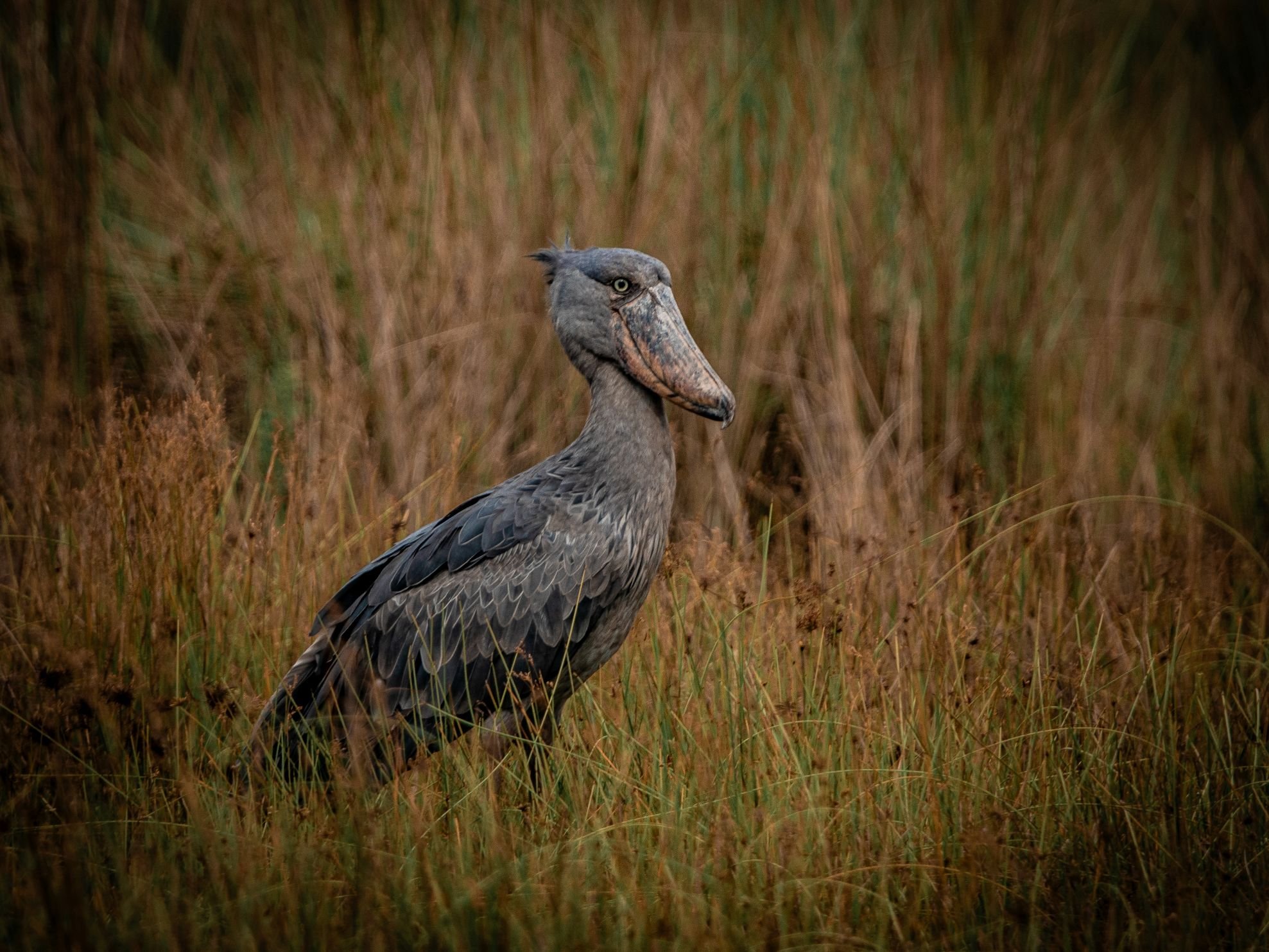
HABITAT & LAND USE MAPS
Assess biodiversity, plan conservation efforts, and manage natural resources effectively.
Visual tools for smart & effective conservation.
Our habitat and land use maps offer clear visual representations of key ecological features, helping you assess biodiversity, plan targeted conservation strategies, and manage natural resources with confidence.
These maps provide vital insights for protected area managers and policymakers, answering crucial questions such as:
What is the extent of local habitats?
How can we manage the territory effectively?
Can we allow construction in certain areas?
Is the landscape suitable for species like bears?
How fragmented are habitats, and where to create corridors?
Which protected habitats were affected by recent fires?
INTERESTED IN A HABITAT & LAND USE MAP?
Habitat mapping is a service that is part of our Project Pricing Plan.
CREATION PROCESS
The creation of a habitat and land use map is a highly interactive process involving you as the local expert, our Solution Partner 3edata for the classifications, and the Sensing Clues team.
-
The specific area for mapping is determined.
-
Sensing Clues’ Ecosystem Base Map is used to gather satellite data and produce cloud-free mosaics.
-
False-colour imagery is employed to identify areas for ground-truth validation, with these locations marked in our data collection app Cluey.
-
Ecologists then visit these marked locations to verify and classify the habitat.
-
3edata uses the collected data to develop a habitat classification model and create an initial map.
-
Knowledge rules are applied to improve the classification results and generate the final habitat map.
CREDITS
Habitat mapping routines are being developed by Nature FIRST, a Research and Innovation Action (RIA) from HORIZON-CL6-2021-BIODIV-01-02 Call (grant Agreement ID 101060954) that has received funding from the European Union’s Horizon Europe Research and Innovation programme.





